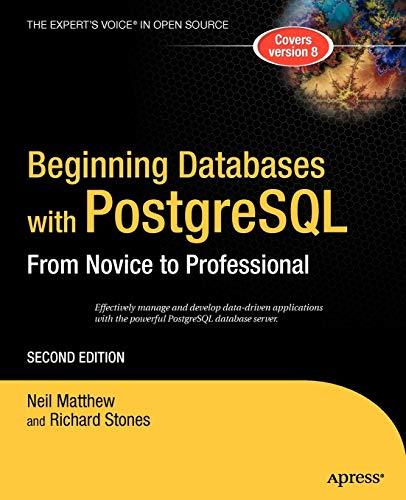Question
You need to do the following as empirical study described below: First: you need to implement Quick and Heap sort correctly as a separate function
You need to do the following as empirical study described below:
First: you need to implement Quick and Heap sort correctly as a separate function in C++. The input is a dynamic array where (the user to input n (the size of the array A) and randomly generate the n elements of A).
the code should compute the time taken by each sorting (Quick and Heap sort) to complete the execution of
Third: Use the problem size as 10,102, 103, 104, 105 and so on and Compare the run-time performance of Quick and Heap for a single large problem size, but under different problems. Fourth: Generate a single graph where the x axis is the problem size (used in Third step A) and the y axis is the time to run the algorithm given by your program. There should be two lines on the graph, one for Quick sort and one for heap sort .Your graph should be clearly captioned with the axis labeled. Fifth:
Answer the following:
For which values of n does Heap sort beat Quick sort, if you get it, discuss the result you got?
For which value of n your program stop working and why. Attach snapshot of the message that stop your program (print screen)
What are the running machine speed, RAM, and the used running IDE (print screen)?
Discuss the advantage and advantage of each sorting techniques (Heap and Quick) based your program run.
Note1: To choose the pivot value use Median-of-Three rule explained din the class
Note2: Partition has to be in place
Note: Your code should print out the entire time taken by each algorithm and fully deocmented.
Here is a minimal code to compute the time of a certain function.
The following is a hint #include
Step by Step Solution
There are 3 Steps involved in it
Step: 1

Get Instant Access to Expert-Tailored Solutions
See step-by-step solutions with expert insights and AI powered tools for academic success
Step: 2

Step: 3

Ace Your Homework with AI
Get the answers you need in no time with our AI-driven, step-by-step assistance
Get Started


